1P-LSD Art Blotters 150 mcg
€15.46
1P-LSD Art Blotters 150 mcg offer a high-quality, potent lysergamide prodrug research chemical. Delivered on absorbent art blotters for precise dosing, 1P-LSD provides reliable psychedelic receptor activation similar to LSD, favored in neuropharmacological studies.
Price is per Unit, contact us for bulk pricing
Buy 1P-LSD Art Blotters 150 mcg – USA & Europe
1. What is 1P-LSD?
1P-LSD (1-propionyl-lysergic acid diethylamide) is a synthetic psychedelic substance belonging to the lysergamide class. It is a structural analogue and prodrug of LSD (lysergic acid diethylamide), typically producing similar psychoactive effects upon ingestion. 1P-LSD appears on research chemical markets as an alternative to LSD and is commonly distributed on absorbent blotter paper.
2. Chemical Composition & Structure of 1P-LSD
The chemical formula of 1P-LSD is C23H29N3O2, with a molecular weight of 379.5 g/mol. It differs from LSD by the addition of a propionyl group attached to the nitrogen of the indole ring. This modification results in it being hydrolyzed in vivo to produce LSD, acting as a prodrug. The molecular structure contains a tetracyclic ergoline backbone common to lysergamides.
3. Research Applications of 1P-LSD
1P-LSD is used in research to investigate serotonin receptor binding, particularly 5-HT2A receptor agonism linked to psychedelic effects. Its prodrug nature allows studies on pharmacokinetics and metabolism in comparison with LSD. It is employed in neuropsychopharmacology to study altered states of consciousness, perception, and therapeutic potentials for mood disorders.
4. Recommended Laboratory Handling & Safety Guidelines
Use personal protective equipment (PPE) such as gloves, goggles, and lab coats. Handle in controlled environments, preferably in a fume hood to avoid powder inhalation. Avoid skin contact and ingestion. Store in dark, cool conditions and avoid repeated exposure to light or moisture.
5. Hazard Warnings & Risk Statements (GHS Classification If Applicable)
1P-LSD carries risks typical of potent hallucinogens, including psychological distress and physiological effects (increased heart rate, blood pressure elevation). It should be handled with caution as per GHS hazard classifications requiring labeling as harmful and irritant.
6. Compatibility with Other Reagents or Substances
Compatible with typical organic solvents such as ethanol and DMSO. Avoid reactive oxidizers or strong acids/bases. Proper solvent testing is recommended for preparing accurate dosages or stock solutions.
7. Emergency Protocols for Accidental Exposure
In case of accidental skin contact, wash thoroughly with soap and water. If inhaled, move to fresh air immediately. Eye exposure requires rinsing with water for at least 15 minutes. Seek medical attention for ingestion or severe exposure.
8. Storage Stability & Shelf Life Monitoring
Store 1P-LSD blotters in airtight, light-resistant containers at temperatures below -20°C to maintain potency, ideally in desiccated conditions. Shelf life under proper storage is typically 6-12 months. Regular inspection for blotter degradation or discoloration is recommended.
9. Can Researchers Purchase 1P-LSD Without a License?
Yes, 1P-LSD can be purchased as a research chemical without a license via this platform. Users must verify its legal status in their country before ordering.
10. Is It Legal to Order 1P-LSD Online in My Country?
Legal status varies widely by jurisdiction—some countries have specifically controlled 1P-LSD, while others do not. Researchers must comply with local laws regarding possession and use of research chemicals.
11. Is 1P-LSD Considered Safe for Laboratory Use?
With proper safety protocols, 1P-LSD can be used safely in laboratory settings. Due to its powerful psychoactive effects, unintentional exposure must be strictly avoided.
12. Special Considerations for Researchers with Medical Conditions
Researchers with psychiatric diagnoses, cardiovascular or neurological conditions should minimize or avoid handling due to potential exacerbation of symptoms.
13. Allergen Exposure Risks When Handling 1P-LSD
Sensitivity reactions are rare, but skin irritation can occur. Use of gloves and protective clothing is advisable.
14. Can 1P-LSD Be Used in Combination with Other Research Materials?
Interactions with MAO inhibitors or serotonergic substances may potentiate effects. Careful experimental design is essential to avoid adverse reactions.
15. Can Pregnant Researchers Handle 1P-LSD?
Due to unknown teratogenic or developmental toxicity risks, pregnant personnel should avoid handling.
16. Proper Handling Protocols for Best Experimental Consistency
Use analytical balances for dosing blotters. Store away from heat and moisture. Limit freeze-thaw cycles for solutions prepared with 1P-LSD.
17. Optimizing Research Output with 1P-LSD
Utilize high-purity (>98%) 1P-LSD with controlled release blotters at 150 mcg for consistent pharmacological effects. Validate assay parameters accordingly.
18. Reported Results and Efficacy in Experimental Settings
1P-LSD exhibits LSD-like psychedelic effects in vivo, with reliable receptor activation and behavioral outcomes consistent with qualitative reports.
19. Known Adverse Reactions or Lab Incidents
Adverse effects may include anxiety, paranoia, increased heart rate, and blood pressure. No major lab incidents reported when handled correctly.
20. What To Do in Case of Severe Exposure or Contamination
Seek immediate medical assistance. Remove contaminated clothing, thoroughly wash affected areas, and inform safety personnel.
21. Can Alcohol-Based Solvents Be Used with 1P-LSD?
Yes, ethanol and other alcohol solvents are commonly used for 1P-LSD stock solution preparation.
22. What If I Skip a Scheduled Measurement or Test Cycle?
Maintaining experimental timing is critical; deviations may impact data reliability.
23. Maximum Recommended Duration of Experimental Storage or Use
Up to 6-12 months under optimal storage; discard degraded or suspect materials.
24. Stability After Discontinuation of Testing
Stable if stored well; dispose according to hazardous waste regulations.
25. Is There Risk of Dependency or Sensitization?
No physical dependency reported; psychological sensitization possible. Use with caution.
26. Long-Term Storage Recommendations for 1P-LSD
Store blotters in cool, dark, moisture-free environments, preferably below -20°C in airtight containers.
27. Alternative Research Chemicals with Similar Properties
LSD, ALD-52, ETH-LAD, and LSZ are structural analogues used in related psychedelics research.
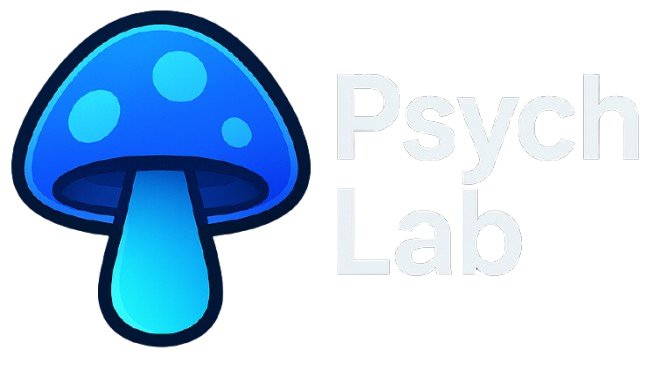


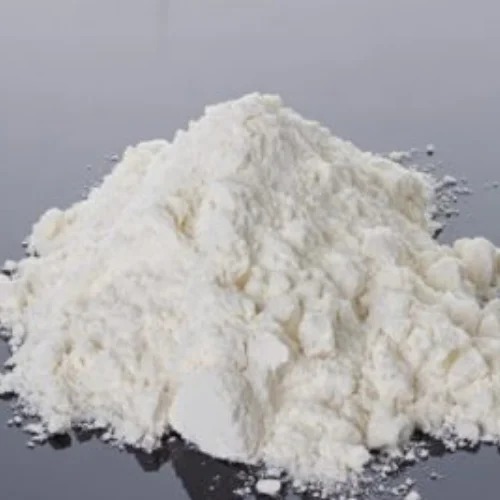
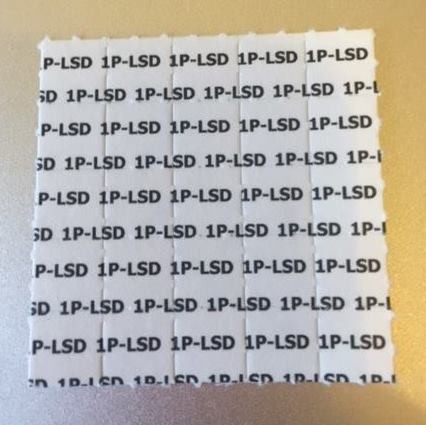

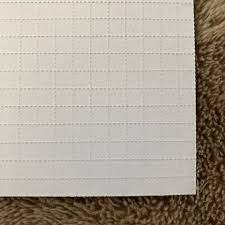
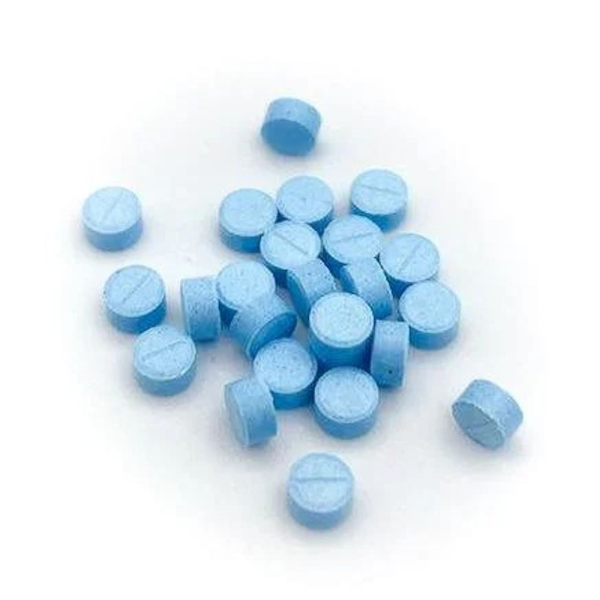

Reviews
Clear filtersThere are no reviews yet.